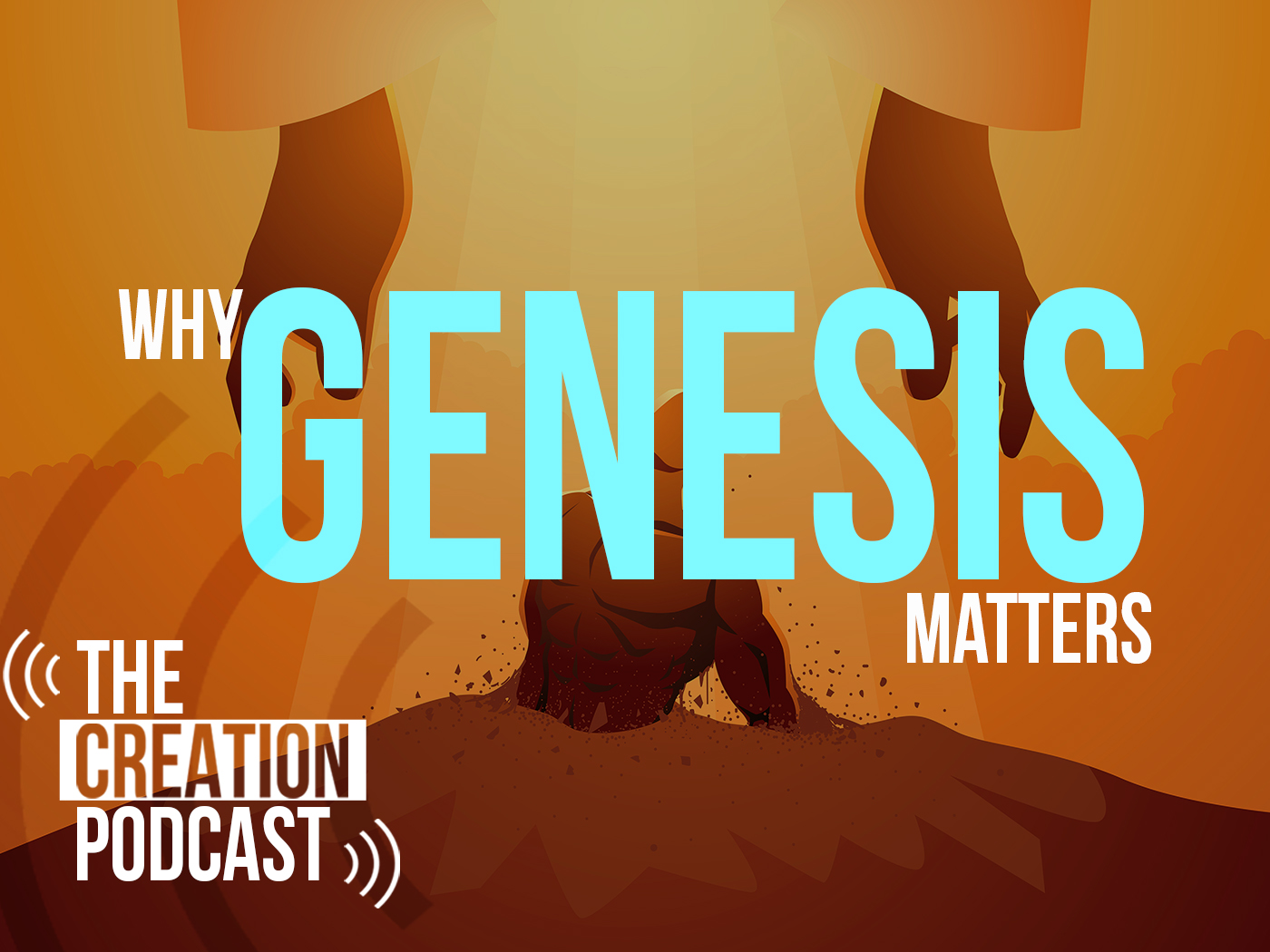A new type of DNA sequencing technology has been developed and used to identify and characterize key regions of the genome called "enhancer" sequences.1 These are novel DNA features that were once thought to be a part of the so-called "junk DNA" regions of the genome. These key elements are now proven to be part of the indispensable and irreducibly complex design inherent to proper gene function for all types and categories of genes.
The new technology described in this report is called STARR-seq, or "self-transcribing active regulatory region sequencing." This new technique allows for the more effective identification and characterization of enhancer sequences, which help recruit proteins called transcription factors that regulate gene activity. Enhancers are found in the non-protein coding regions of the genome both within and surrounding genes. In the past, enhancers have been difficult to characterize accurately.
This new study adds yet another layer of deduced complexity in the ever-increasing field of study into how genes and their complex networks are regulated in the genome. Noting this phenomena, the study authors wrote, "Together, this suggests that transcription of a large number of genes, including ubiquitously expressed housekeeping genes, is complex and controlled by numerous enhancers per gene—even in a single cell type."1
This new technology and the increased picture of complexity described by it add even more weight to the fact that the genome is completely functional and irreducibly complex. This is a fact recently highlighted by 30 simultaneously published research papers in the 2012 ENCODE (encyclopedia of DNA elements) project reports.
In the lead ENCODE research paper, published in the journal Nature, the authors wrote, "These data enabled us to assign biochemical functions for 80% of the genome, in particular outside of the well-studied protein-coding regions."2 For a recent review of the ENCODE discoveries and their significance to the creation-evolution debate, see the recent review of ENCODE in Acts & Facts.3
Clearly, as this type of research progresses, the only viable conclusion is that God the Creator is clearly seen in His amazing creation. Indeed, He declares in His Word that we are "fearfully and wonderfully made: marvellous are thy works" (Psalm 139:14).
References
- Arnold, C. D. et al. Genome-Wide Quantitative Enhancer Activity Maps Identified by STARR-seq. Science. Posted on sciencemag.org January 17, 2013, accessed January 21, 2013.
- The ENCODE Project Consortium. 2012. An integrated encyclopedia of DNA elements in the human genome. Nature. 489 (7414): 57-74.
- Tomkins, J. 2012. Junk DNA Myth Continues Its Demise. Acts & Facts. 41 (11): 11-13.
* Dr. Tomkins is a Research Associate and received his Ph.D. in Genetics from Clemson University.
Article posted on January 23, 2013.














